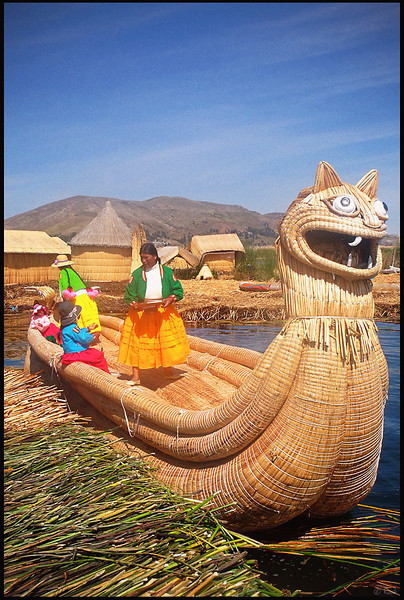I agree with the posters who say more livestock is necessary for the Native Americans to resist the European invasion, but it took thousands of years for disease to cross over from livestock to humans in Europe and Asia. The introduction of Polynesian livestock (c.a. 500 AD) and of Viking livestock (c.a. 1000 AD) would not give enough time for the natives to develop new diseases or for the livestock to spread across the Americas (although it's possible that exposure to germs from a more successful Viking or Polynesian colonization would result in at least one region of the Americas being more disease resistant).
In order to really give the Americas a fair shake, you'd have to have far earlier introduction of domesticated animals or have more domesticable American species. This might stray a little into ASB, especially if every animal species above 2 pounds is domesticable in the Americas, but I think it can be done well. With a slight random mutation, Bighorn sheep, Bison, or White-Collared Peccaries could become more social, less moody, less prone to running, and overall more domesticable. They could be domesticated thousands of years before Europeans arrive, giving lots of time for them to spread diseases to the Native Americans, who could then spread the diseases to European colonizers. A larger population base (caused by having access to more food in the form of animal products) and a temporary halt to colonialism caused by some "American Plagues" will allow Native societies to bounce back, learn tech secrets from the Europeans, and resist the (probably inevitable) second round of European or first round of Asian colonialism.
Another possibility would be, as some of the previous posters commented, having horses cross into the Americas. Horse-based transport could allow that 'silk road' to be built between the Missisipian, Mesoamerican, and Andean civilizations, allowing potatoes, wheels, writing, and other innovations to spread faster along the America's North/South access. I don't know if the Native Americans would pick up any diseases from horses (seeing as Europeans and Asians didn't) but if horses are the ONLY livestock for most of the Americas, then it's possible that Native American societies would become so dependent on horse milk and meat that diseases like Strangles could make a jump to humans in the Americas that they didn't make in the Old World.
The down side of this is that it will almost certainly butterfly away Native American society as we knew it. Yes, there will almost certainly be analogues to the Incas, Aztecs, Missisipians, Mayans, Plains Indians, and others, but they just won't BE the same as OTL.

